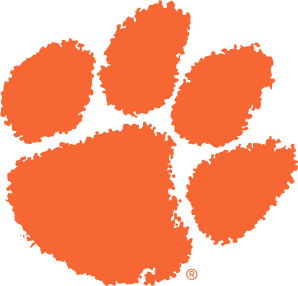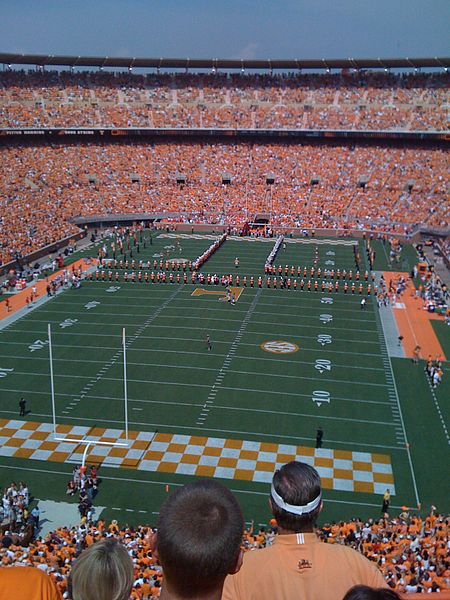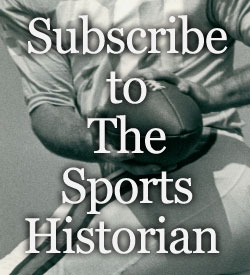You look out over the field and see players adorned in orange and green with a U on the side of their helmets. On the sideline dances some odd looking bird-like figure. We must be at a Disney Show, right? Not exactly, we’re at a Miami football game. Let’s take a look at some of the traditions of the University of Miami– the origins of the school colors, the nickname, the U, and the mascot.
Orange, green, and white represent the official school colors. The colors were selected in 1926 to symbolize the Florida orange tree. The orange represents the color of the fruit, the green symbolizes the leaves, and the white represents the blossoms.
As for the origin of the Hurricane nickname, a couple of stories exist. The first story involves the 1927 football team. The players voted for the nickname because they were hoping to sweep away the opposition like the hurricane of 1926 did to the city of Miami. The second story details a conversation between Miami News columnist Jack Bell and Porter Norris of the 1926 team. Bell asked Norris what he thought of University officials and local dignitaries wanting to name the team after some local plant or animal. Norris replied that the team would not stand for such a thing and countered with the name Hurricanes because one had postponed the opening game for the season.
Miami designer Bill Bodenheimer designed the original U logo in 1973. It served as the basis for such slogans as “U gotta believe” and “U is great.” The current U, as seen on the helmets, is actually the meteorological sign for a hurricane.
The bird-like costumed figure on the sidelines is an ibis named Sebastian. The ibis is the last sign of wildlife to take shelter before a hurricane and the first to reappear after the storm.
That’s a little history behind the Miami traditions. Go ‘Canes!












